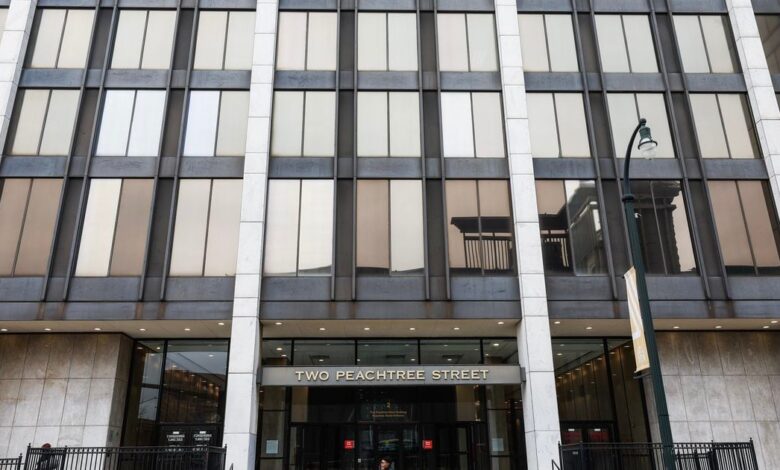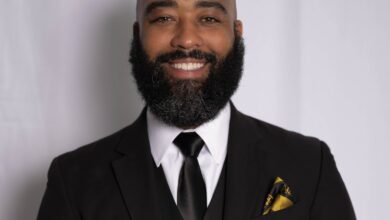Atlanta’s new affordable housing nonprofit sets its course

The nonprofit’s seven board members convened for nearly two hours Wednesday to discuss their vision for the organization. AHA board member Sarah Kirsch said most of these affordable units need to be available for a household earning less than 50% of the area median income, or $30,630 a year for a family of four.
Atlanta Mayor Andre Dickens wants to create or preserve 20,000 affordable units over the next eight years. But Matthew Bedsole, Atlanta’s Housing Innovation Lab director, said there’s an annual production gap of 900 units keeping them from being on pace for that goal.
State and federal subsidies are expected to continue to fuel the majority of the city’s affordable housing developments. Bedsole and AHA board chair Larry Stewart said the new nonprofit should strive to create 4,300 affordable units to help address the production gap without the use of those subsidies.
“We think there’s around $500 million in value around the whole public land portfolio that could be actualized for redevelopment,” Bedsole said. “To be able to actualize that, it requires deeper public participation.”
To help accomplish those goals, Bedsole presented four of the first sites of public land that the nonprofit is tasked with redeveloping. Those sites are 1200 New Town Circle near the condemned Forest Cove Apartments in southeast Atlanta; 170 10th Street in Midtown; 97 Johnson Road, a mile south of the West Highlands neighborhood; and 2140 Alvin Dr., which is also near West Highlands.
Altogether, Bedsole said these sites could yield 550 affordable units in townhomes and multifamily units. But first, the city has to address rezoning in some cases and community engagement throughout each project.
Alvarado and Kirsch stressed the need to include the communities as partners rather than spectators for each project. Atlanta Habitat for Humanity CEO Alan Ferguson Sr. said they should avoid development pitches that involve hotels.
“The focus on procuring partners instead of buyers is going to really help us,” said John Majors, of The Oughtness Group. “Yes, we want to build units, but we are really ultimately changing the trajectory for families and individuals.”
The nonprofit appointed Ferguson as their chair. Ashani O’Mard of the Atlanta Neighborhood Development Partnership became their vice chair. Richard Rose, the Atlanta NAACP’s former president, became secretary-treasure. Majors was appointed as the nonprofit’s president and CEO.
Credit: Miguel Martinez
Credit: Miguel Martinez
The nonprofit also OK’d bylaws and their intergovernmental agreement with the city of Atlanta. According to that agreement, the nonprofit will receive $4 million in seed funding from the city’s affordable housing trust fund, as well as the four public sites of land for the nominal cost of $1.
From here, the nonprofit’s board is tasked with several objectives over the next 90 days. Equipped with temporary staff from the city and resources in technology and administrative support from Atlanta Housing, the nonprofit has to establish an investment committee and intergovernmental agreements with additional public agencies.
The nonprofit’s board is also planning to visit the four sites of public land. Additionally, the nonprofit is planning to visit Montgomery County in Maryland to learn about their social housing model.
“In Montgomery County, they were able to start off with 30% affordable,” with 20% of its units at 50% of the area median income, Bedsole said. That amounts to a family of four that earns $75,350 a year in Montgomery County, according to the county’s website.
“We want to do better than that,” Bedsole said. “We think we can.”



